Why Ceramic PCBs are the Preferred Choice for UVC LED Modules?
If you’re developing high-performance sterilization devices, you already know the importance of reliable components. One of the most critical parts of a UVC LED module is its PCB. The type of PCB you use can directly affect the module’s performance, durability, and thermal stability. This is especially true in UVC LED systems where high energy output leads to excessive heat.
Among all available substrates, ceramic PCBs stand out as the best fit for these applications. Thanks to their outstanding thermal management and UV stability, they’re now widely adopted in professional-grade UVC LED devices.
In this article, we’ll explain what UVC LED modules are, the benefits of using ceramic PCBs for them, and five strong reasons why a UVC LED ceramic PCB is the best choice. We’ll also share design tips and tell you how to select a reliable UVC LED ceramic PCB manufacturer—like Best Technology.
What Is a UVC LED Module?
A UVC LED module is a compact circuit that emits ultraviolet light in the UVC spectrum, typically between 260 nm and 280 nm. These wavelengths are known for their ability to destroy bacteria, viruses, fungi, and other microorganisms by breaking down their DNA or RNA.
UVC LED modules are used in a wide range of applications, including:
- Water purification systems
- Medical sterilizers
- Air purifiers
- Surface disinfection devices
- Food packaging sterilizers
Compared to traditional mercury-based UV lamps, UVC LEDs are more compact, energy-efficient, environmentally friendly, and quicker to switch on and off.
However, there’s one technical challenge—they generate intense heat in a small area. And if the heat is not managed well, it can reduce the LED’s life and affect performance. This is where ceramic PCBs come in.
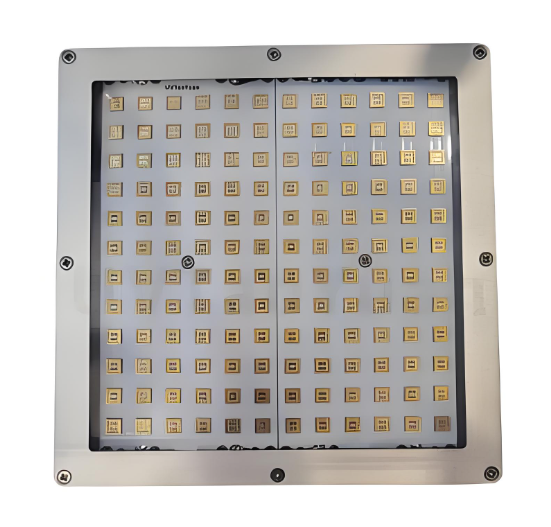
Advantages of Ceramic PCBs Used in UVC LED Modules
Ceramic PCBs are made of materials such as Aluminum Oxide (Al₂O₃) and Aluminum Nitride (AlN), both of which have excellent thermal conductivity. They also offer strong electrical insulation and do not degrade under UV exposure.
Here are some key advantages of ceramic PCBs in UVC LED modules:
- High thermal conductivity to dissipate heat efficiently
- Low coefficient of thermal expansion (CTE) for dimensional stability
- Resistant to UV radiation for long-term durability
- Good mechanical strength to handle assembly stress
- Stable performance across wide temperature ranges
These advantages give ceramic PCBs the most reliable option for UVC LEDs, especially in compact and high-density designs.
5 Reasons Why Ceramic PCBs Are the Best for UVC LED Modules
1. Superior Heat Dissipation
UVC LEDs operate at high junction temperatures, and managing that heat is critical to prevent burnout. Ceramic PCBs, especially AlN-based PCBs, offer thermal conductivity of up to 170 W/m·K, much higher than FR4 or metal-core PCBs. This helps transfer heat away from the LED chip quickly, allowing it to operate within safe temperatures. As a result, the LED’s performance remains stable, and its lifespan is significantly extended. In contrast, using FR4 or low-quality substrates can trap heat, leading to degradation in LED intensity and eventual failure.
2. High Resistance to UVC Radiation
One of the major issues in UVC applications is UV degradation. Many polymers and standard substrates break down over time when exposed to strong UVC rays. However, ceramic materials such as AlN and Al₂O₃ are inorganic and chemically stable. They do not yellow, crack, or degrade under UV exposure. This gives them a longer lifespan, even in continuous or high-power UVC applications.
3. Electrical Insulation and Stability
Ceramic substrates provide excellent electrical insulation, which is essential in high-density circuits like LED modules. They maintain low dielectric loss and stable permittivity even at high frequencies and temperatures. They can help to avoid signal interference, voltage leakage, and short circuits—which are especially critical in UVC systems used in medical or water treatment devices. In simple terms, ceramic PCBs keep your circuits running smoothly, even when the environment is harsh or power levels are high.
4. Mechanical Strength and Long-Term Reliability
Compared to FR4, ceramics do not swell or shrink with temperature changes. They are resistant to moisture, vibration, and thermal cycling. That’s why they are suitable for use in rugged environments or mobile sterilization systems, such as portable UVC wands or hospital-grade sanitation robots. Also, ceramic PCBs are less prone to micro-cracking, which improves long-term reliability in demanding conditions.
5. Compact and High-Density Design
Because ceramic PCBs can handle higher thermal loads, you can place LEDs closer together without worrying about heat buildup. Whether you’re designing a compact air purifier or a handheld UVC sterilizer, ceramic PCBs let you pack more power into less space without compromising safety or performance. They also support chip-on-board (COB) assembly, which simplifies the design and improves thermal efficiency by placing the chip directly on the ceramic base.
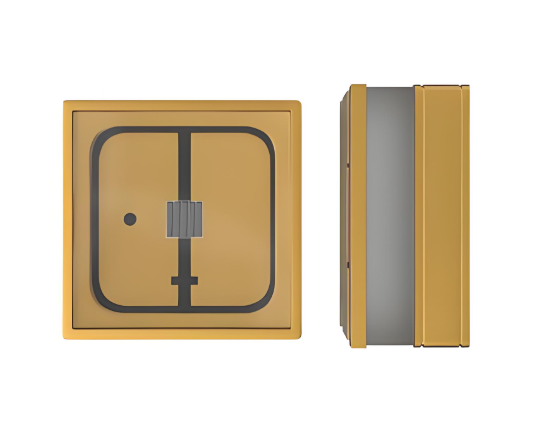
UVC LED Ceramic PCB Design Tips
Designing an effective UVC LED ceramic PCB involves more than just selecting a substrate. You need to consider layout strategy, thermal management, component placement, and material compatibility to ensure long-term performance, especially under intense UV light and heat. Below are key design tips that can help you develop a durable, efficient, and reliable UVC LED module using ceramic PCBs.
1. Select the Right Ceramic Material
Choosing the correct ceramic base is the foundation of your design. The two most commonly used materials are Aluminum Oxide (Al₂O₃) and Aluminum Nitride (AlN):
- AlN is ideal for high-power UVC LEDs because of its high thermal conductivity (up to 170 W/m·K). It helps transfer heat away from the LED junction much faster.
- Al₂O₃, with thermal conductivity around 25 W/m·K, is more affordable and suitable for low- to mid-power UVC LEDs.
If your application involves compact, high-output UVC LEDs, AlN is the better choice. For simpler designs with moderate heat output, Al₂O₃ offers cost savings.
2. Use Direct Thermal Path (DTP) Structures
When dealing with high-power UVC LEDs, minimizing thermal resistance is crucial. A direct thermal path (DTP) layout helps heat flow directly from the LED die to the ceramic substrate without unnecessary layers in between.
In DTP designs:
- The LED is mounted directly on the ceramic base, either by chip-on-board (COB) or die attach.
- There's no intermediate dielectric layer, which reduces thermal barriers.
It keeps the LED cooler, and prolongs its service life. It’s especially useful in medical and industrial disinfection systems where reliability is non-negotiable.
3. Optimize Copper Thickness and Pattern
Copper thickness plays an important role in both heat dissipation and electrical conductivity. Here’s what to consider:
- Standard copper thickness is 35μm (1 oz), but you can go up to 70μm or 105μm if the circuit handles higher currents or requires better heat spreading.
- Avoid overly thick copper if your design has fine line spacing, as it might limit resolution and increase etching complexity.
- Keep trace width and spacing uniform to avoid thermal hotspots or current imbalance.
Use wide copper areas under high-power components to act as a thermal buffer. Also, try to minimize current return loops by optimizing the ground layout.
4. Plan for Efficient Heat Spreading
Even with a ceramic base, localized heat buildup under UVC LEDs can degrade performance. To counter this:
- Use thermal vias sparingly, only when necessary (they are less common in ceramic PCBs due to brittleness).
- Spread the LED array in a balanced pattern to avoid heat stacking.
- Include thermal relief patterns around large copper pours to reduce stress during soldering.
- Also, simulate your design thermally before finalizing.
5. Maintain Tight Dimensional Tolerances
Ceramic PCBs are brittle, so accuracy during both design and production is important. Any deviation in hole placement, slot width, or board outline can lead to cracking during assembly.
Key practices include:
- Design mounting holes and mechanical features with rounded corners to reduce stress points.
- Avoid sharp internal angles and sudden layout transitions.
- Work with a PCB manufacturer experienced in ceramic processing, as ceramics require laser drilling or diamond tooling for precision.
Remember, tight tolerance = fewer mechanical failures, especially in high-vibration or high-temperature environments.
Why Choose Best Technology for UVC LED Ceramic PCBs?
At Best Technology, we’ve been supporting global customers with high-quality ceramic PCBs for UVC and other high-power LED applications. With advanced manufacturing processes and strict quality standards, we ensure every board delivers reliable performance and long service life. Here’s why customers trust us:
✅ Material Expertise: We work with both AlN and Al₂O₃ and can guide you based on your thermal needs and budget.
✅ Precision Manufacturing: We use laser processing and CNC tools to deliver accurate hole placement, clean edges, and tight tolerances.
✅ Certifications You Can Trust: We are ISO9001 certified and comply with ISO13485 (medical), IATF16949 (automotive), and AS9100D (aerospace).
✅ Professional Engineering Support: Our engineers assist you with design reviews, layout improvements, and thermal simulations to optimize your UVC LED module.
✅ Cost-Effective Pricing: We offer competitive pricing even for small and medium batch production.
Whether you’re building portable disinfection tools or large-scale medical systems, Best Technology can deliver ceramic PCBs that perform under pressure.
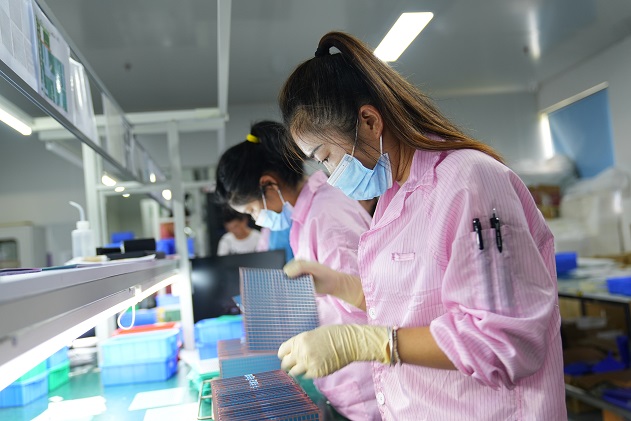
FAQs
1. What is the difference between AlN and Al₂O₃ for ceramic PCBs?
AlN has higher thermal conductivity (170 W/m·K) but is more expensive. Al₂O₃ offers lower conductivity (~25 W/m·K) but is more cost-effective.
2. Can ceramic PCBs be used in medical UVC sterilizers?
Yes. Ceramic PCBs are ideal for medical-grade devices due to their heat resistance, UV durability, and electrical insulation.
3. How long do UVC LED ceramic PCBs last?
With proper thermal management, ceramic PCBs can last over 10,000 hours in continuous use, extending the LED's usable life.
4. Are ceramic PCBs fragile?
Ceramics are naturally brittle but are very stable when handled correctly. Precision processing and proper fixture design help prevent cracking.
5. How do I get a custom UVC LED ceramic PCB from Best Technology?
Just send us your Gerber files, BOM, and special requirements. Our team will provide a quote and help with any technical questions.
If you're looking for a UVC LED ceramic PCB manufacturer who can provide custom solutions, Best Technology is here to help. We support you at every stage—from layout and material selection to production and testing. Contact us today to request a free quote and technical consultation.


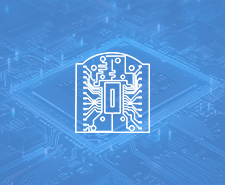




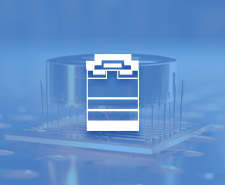
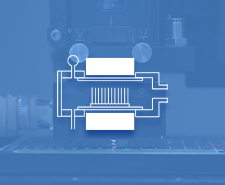
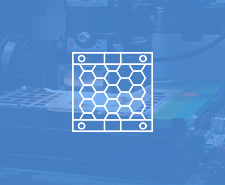
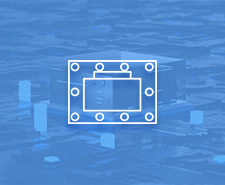



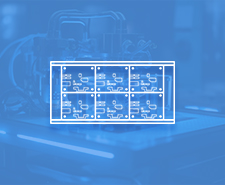


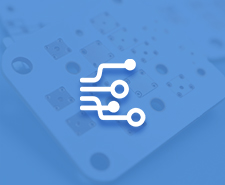
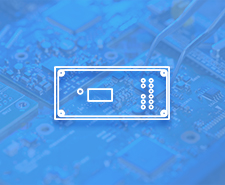
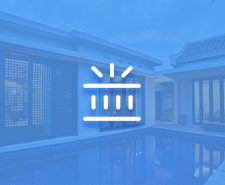

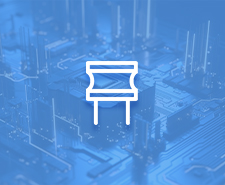
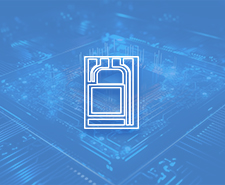

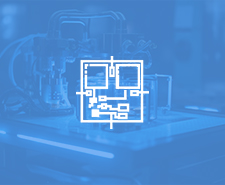





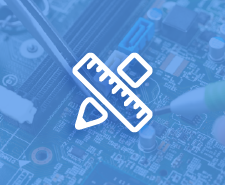
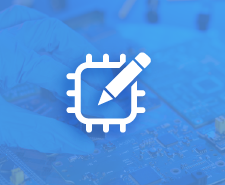


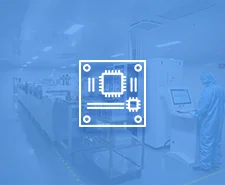

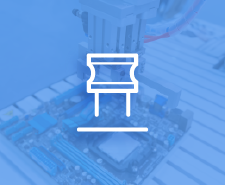

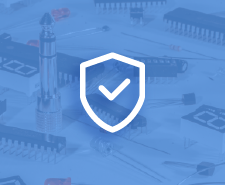

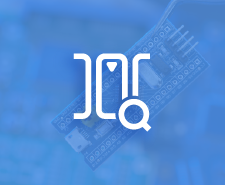
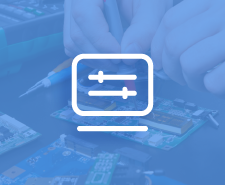

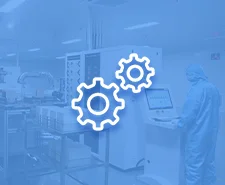
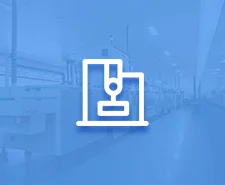
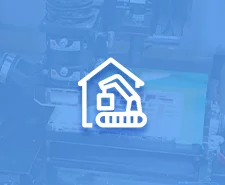
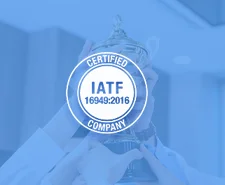

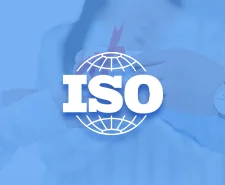





 HOME
HOME







